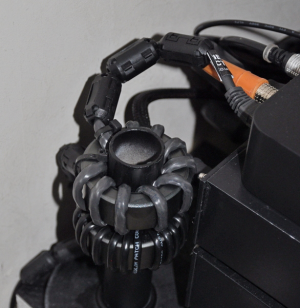FreakyKiwi
Active member
- Joined
- Nov 1, 2023
- Messages
- 112
Are any of the music streaming services or protocols actually real time or need to be aside from realtime voice communication and AV sync?
I would have expected, with the relatively low bitrate of audio files, that a substantial buffer would exist in the player with the song track playing from memory and resilient to most network issues providing that the average network speed is sufficient
Anyway, surely the real debate here is whether any unwanted electrical noise is present in the network medium (cable/switch/AP/wifi module) and can make it through to the audio output?
I would have expected, with the relatively low bitrate of audio files, that a substantial buffer would exist in the player with the song track playing from memory and resilient to most network issues providing that the average network speed is sufficient
Anyway, surely the real debate here is whether any unwanted electrical noise is present in the network medium (cable/switch/AP/wifi module) and can make it through to the audio output?

